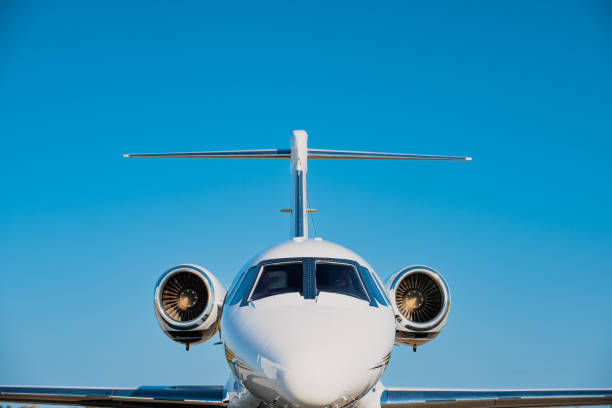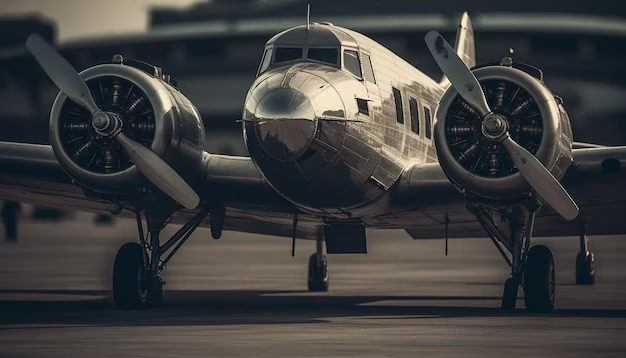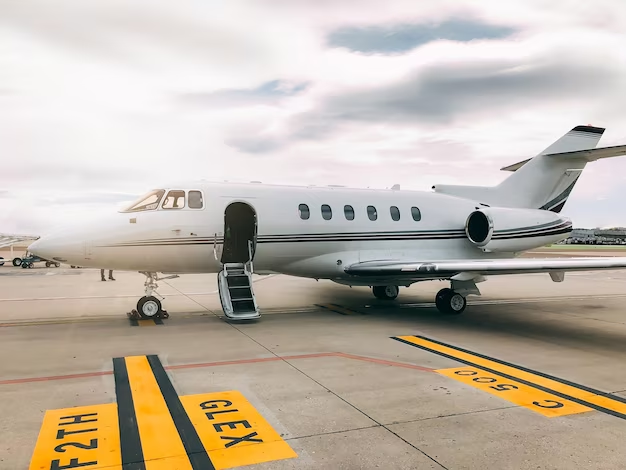Flying your own plane overseas provides the ultimate freedom and adventure, allowing you to avoid the hassles of commercial airlines and see the world on your own terms. However, arranging a foreign vacation on your own plane necessitates thorough preparation. The process, which includes navigating aviation restrictions and providing adequate documentation, can be challenging. But don’t worry—this tutorial will show you how to plan an international vacation on your own plane while keeping things smooth and safe.
Table of Contents
- Preparing Your Aircraft for International Travel
- Navigating International Airspace Regulations
- Obtaining the Necessary Documentation
- Planning Your Flight Route
- Customs and Immigration Procedures
- Refueling Stops and Airport Logistics
- Safety and Contingency Planning
Preparing Your Aircraft for International Travel
Is Your Plane Ready for a Global Journey?
Before setting out on an international trip in your own plane, it’s crucial to ensure your aircraft is fully equipped and up to the task. International flights require more preparation than domestic trips due to the distances, varying weather conditions, and the potential need for overwater travel.
- Ensure Maintenance Compliance: Check that your aircraft’s maintenance is up to date, including any country-specific requirements for the regions you plan to visit.
- Equip with Survival Gear: Especially for overwater flights, ensure you have life vests, rafts, emergency beacons, and other essential survival gear.
- Update Navigation and Communication Systems: International flights demand robust avionics, including updated GPS, communication systems that work across borders, and weather data access.
Navigating International Airspace Regulations

Airspace Rules Vary—Be Prepared
Each country has its own airspace regulations, and knowing how to fly safely across international borders is key when learning how to plan an international trip in your own plane. Research and comply with the specific regulations of every country you’ll fly through.
- Flight Plan Requirements: Many countries require you to file a flight plan before entering their airspace. Ensure you have the correct formats and codes in place.
- Airspace Classification: Understand the airspace classification of each country. Some regions may have stricter control zones, especially near borders or military areas.
- ATC Communication: Prepare for language barriers. While English is the international standard for aviation communication, proficiency varies. Familiarize yourself with local accents and terminology.
Obtaining the Necessary Documentation
Don’t Forget These Critical Documents
Traveling internationally necessitates more documentation than domestic flights. To fly into foreign nations, you’ll need the right permits, visas, and other papers.
- Pilot’s License and Medical Certificate: Ensure your pilot’s license is valid internationally, and check if you need any specific permits for certain countries.
- Aircraft Registration and Insurance: Keep a copy of your aircraft’s registration on hand and make sure your insurance covers international travel.
- Overflight and Landing Permits: Many countries require overflight and landing permits. These must be arranged in advance, especially in countries with restricted airspace.
- Passports and Visas: Make sure your passport and any necessary visas are valid for each destination and stopover.
| Document | Why It’s Needed |
|---|---|
| Pilot License | Validates your ability to operate the aircraft |
| Aircraft Registration | Confirms your aircraft is legally owned and registered |
| Overflight Permits | Legal requirement to enter foreign airspace |
| Insurance Documents | Ensures you have proper liability coverage |

Planning Your Flight Route
Efficient and Safe Routing Across Borders
When traveling overseas with your own plane, you must carefully plan your itinerary. This phase guarantees that you avoid restricted zones and consume as little petrol as possible while taking into account emergency stopovers.
- Use International Flight Planning Software: Tools like ForeFlight or SkyVector help you plan international routes efficiently, accounting for fuel stops and restricted airspaces.
- Consider Alternate Airports: Always have alternate airports in your plan in case of emergencies or unexpected weather.
- Fuel Range Considerations: Plan for the fuel consumption of your plane and identify refueling stops, especially when flying over water or remote regions.
| Tool | Function |
|---|---|
| ForeFlight | Helps create international flight routes |
| SkyVector | Provides up-to-date airspace information |
| Weather Radar Apps | Ensures real-time weather data for safer flights |
Customs and Immigration Procedures
Seamless Entry and Exit Processes
Navigating customs and immigration is one of the most critical aspects of how to plan an international trip in your own plane. You’ll need to ensure that both you and your passengers follow proper procedures.
- Know Entry Requirements: Research entry requirements for both your destination and any stopover countries, as these can vary significantly.
- General Declaration Forms: These forms need to be submitted upon arrival and departure. Some countries allow electronic submissions, while others require in-person documentation.
- Customs Clearance Locations: Not all airports are equipped for customs processing, so plan your entry and exit points accordingly.
Refueling Stops and Airport Logistics
Plan for Efficient Refueling and Ground Handling
Gu: Fuel management is one of the most important factors that are associated with fer flying internationally with own plane. To avoid adding unnecessary delay to your travel, ensure you have good refueling stops and a good ground handling service.
- Plan Refueling Stops: Research airports with reliable fuel services along your route. Consider local fuel costs and availability.
- Coordinate Ground Handling Services: Arrange for ground handling services at your destinations. This includes parking, refueling, and any required maintenance services.
- Check for Fees: Some airports charge landing, handling, or parking fees, which vary by country.

Safety and Contingency Planning
Prioritize Safety Above All Else
There are new hazards while flying internationally – geographical ones, such as unfamiliar topography; and meteorological ones. Preparations to safety and contingents guarantee you that you are ready to handle every situation that comes your way.
- Prepare for Emergency Landings: Identify emergency landing spots along your route and be familiar with local search and rescue services.
- Carry an ELT (Emergency Locator Transmitter): This is especially important for overwater flights.
- Weather Monitoring: Continuously monitor weather conditions, especially when flying over long distances or remote areas.
FAQs About Planning an International Trip in Your Own Plane
1. What documents are required to fly internationally in my own plane?
You’ll need your pilot’s license, aircraft registration, insurance, overflight and landing permits, and valid passports/visas.
2. How do I plan for customs and immigration when flying internationally?
Make sure you look into entry/visa requirments for each country and all form including the general declaration. Always ensure that you arrive at some airport which has clearance on customs.
3. How do I manage fuel stops during international flights?
Plan refueling stops carefully, considering fuel availability and cost at different airports along your route.
4. What safety measures should I consider for an international flight?
Always have a contingency plan for emergencies, including alternate airports and emergency gear like ELTs and life vests.
Key Takeaways
Traveling around the world in an aircraft you own requires not only to get through spaces in the sky and over borders, but also to follow specific rules regarding fuel and customs. When you have followed all the steps mentioned above, you are sure to embrace the open skies without much worry and fear of the unknown.
For more in-depth information about international aviation rules and requirements, visit ICAO’s Aviation Standards.
Indepedent international flying in a private aircraft has its advantages: It is a creative freedom, which few others can match. If a lot of time has been spent on preparation, your journey across the borders will be hassle-free, exciting and full of memories.
For More Blog Visit: Tour Trip Guide
A Guide To Travelling With Stroller Airplane : TourTripGuide




